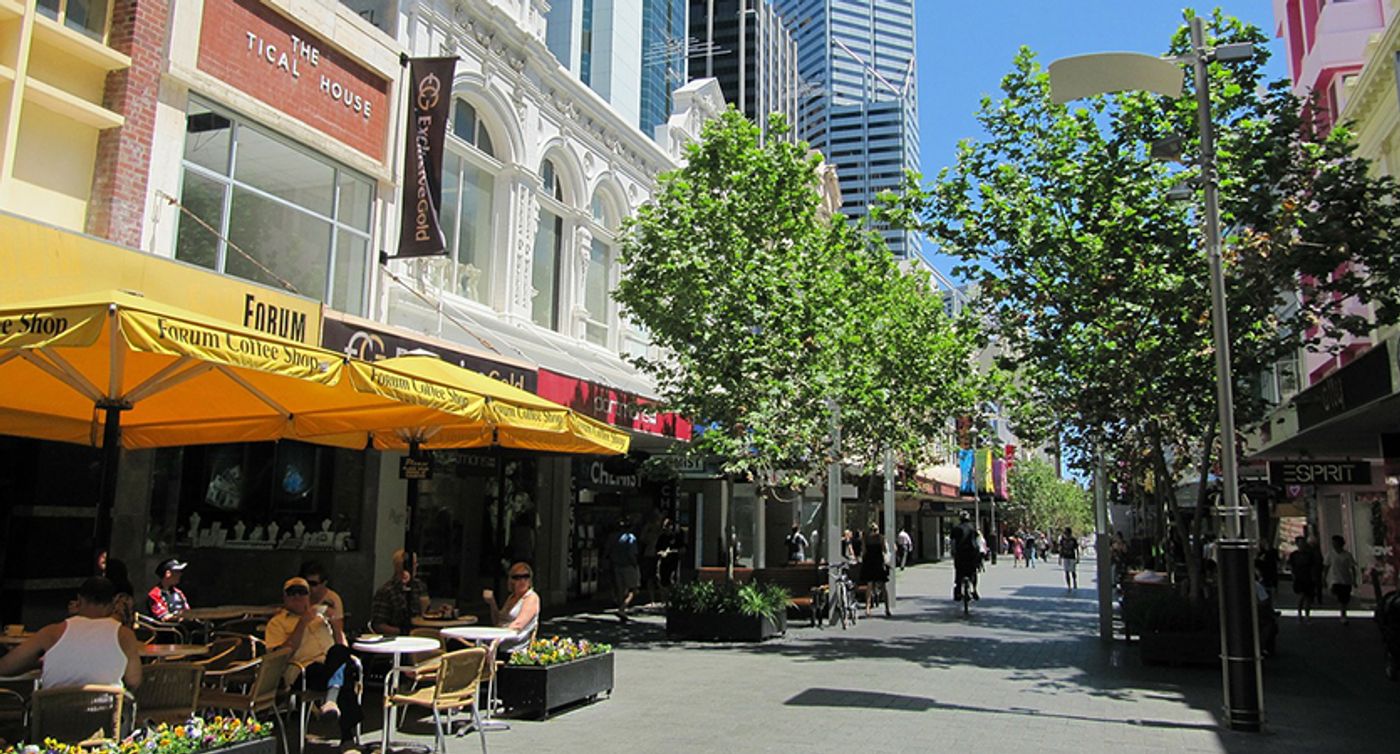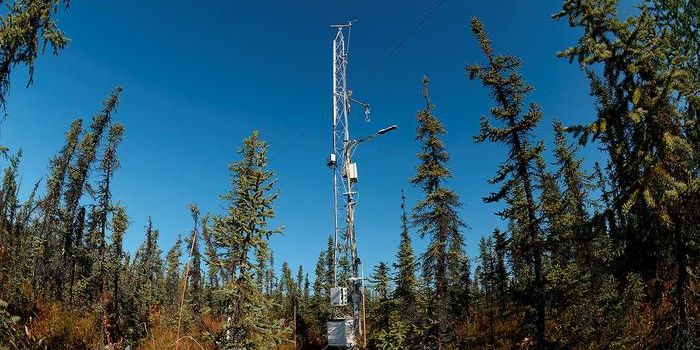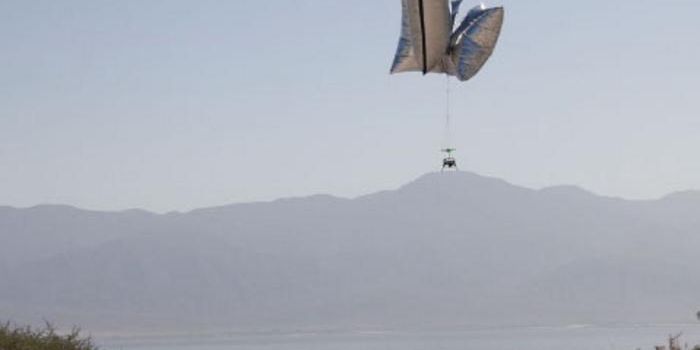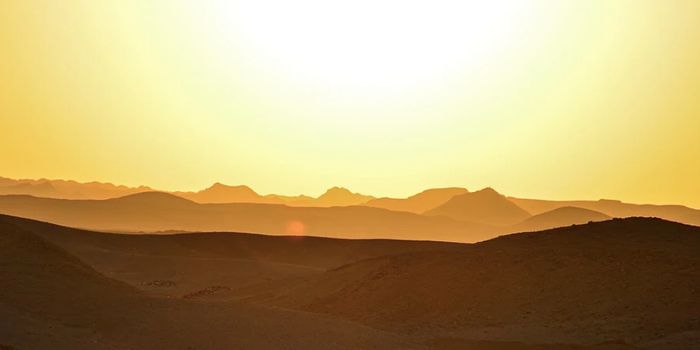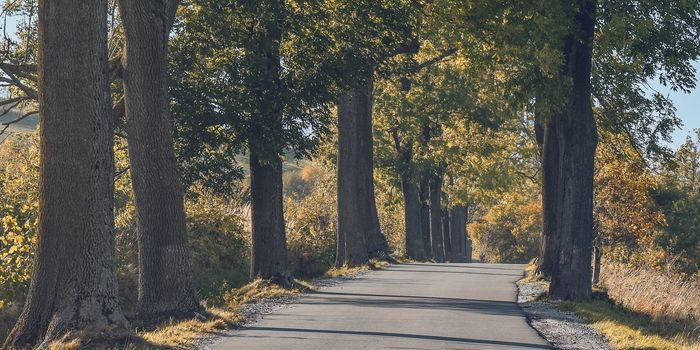Urban Heat-Islands Mistakenly Signal Spring to Trees
Have you noticed trees and other vegetation in your city turning green earlier than usual? A new study from Iowa State University has shown that urban landscapes start to green sooner than their rural counterparts due to heat trapped in urban areas. This study was published earlier this week in Proceedings of the National Academy of Sciences. In an article from Iowa State University, the authors suggest that this study is relevant to those interested in not only the ecological impacts of climate change but seasonal allergy sufferers as well.
The research team used satellite imagery to detect changes in the greenness of plants, which signals when plants start to grow in spring. They used satellite images of 85 cities in the United States that were captured between 2001 and 2014. Their analysis revealed that the start of the season (in which trees and vegetation begin to turn green) occurred, on average, six days earlier in the cities studied when compared to surrounding rural areas. The researchers consider this a symptom of the “heat-island effect.”
Yuyu Zhou, the study co-author and associate professor of geological and atmospheric sciences, was interview by Iowa State University reporters. Regarding the importance of the study, he said “In the future, we want to have more accuracy in our earth system models to predict changes in our environment. Taking into account the interactions between temperature and phenological change in vegetation will mean those model predictions will improve.”
According to Lin Meng, lead study author and ISU Ph.D. student, this study will also offer insight into how warming will affect vegetation in all types of environments. As he told ISU reporters, “We used the urban landscapes as a warming laboratory. Using a space-time substitution approach, cities represent future warming scenarios.”
The study also examined how quickly seasons start dates are advancing under warming scenarios. This aspect of their research revealed that urban plants might be less sensitive to temperature due to the heat-island effect. According to the article from the university, the study discovered that the advancement of the season start time of urban plants is lower than that of rural plants with the same temperature increase. Meng attributes this phenomenon to warmer winters in urban areas.
